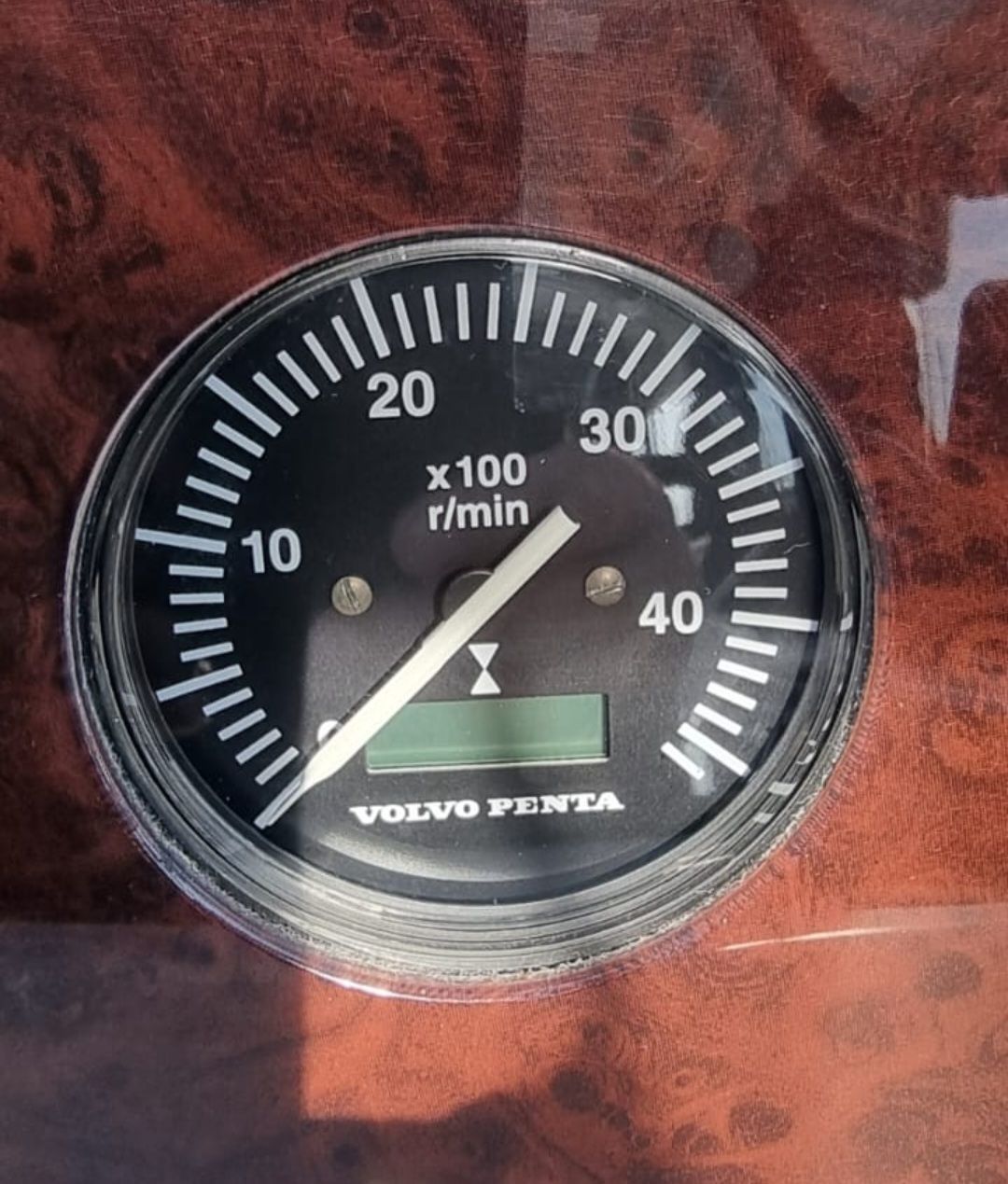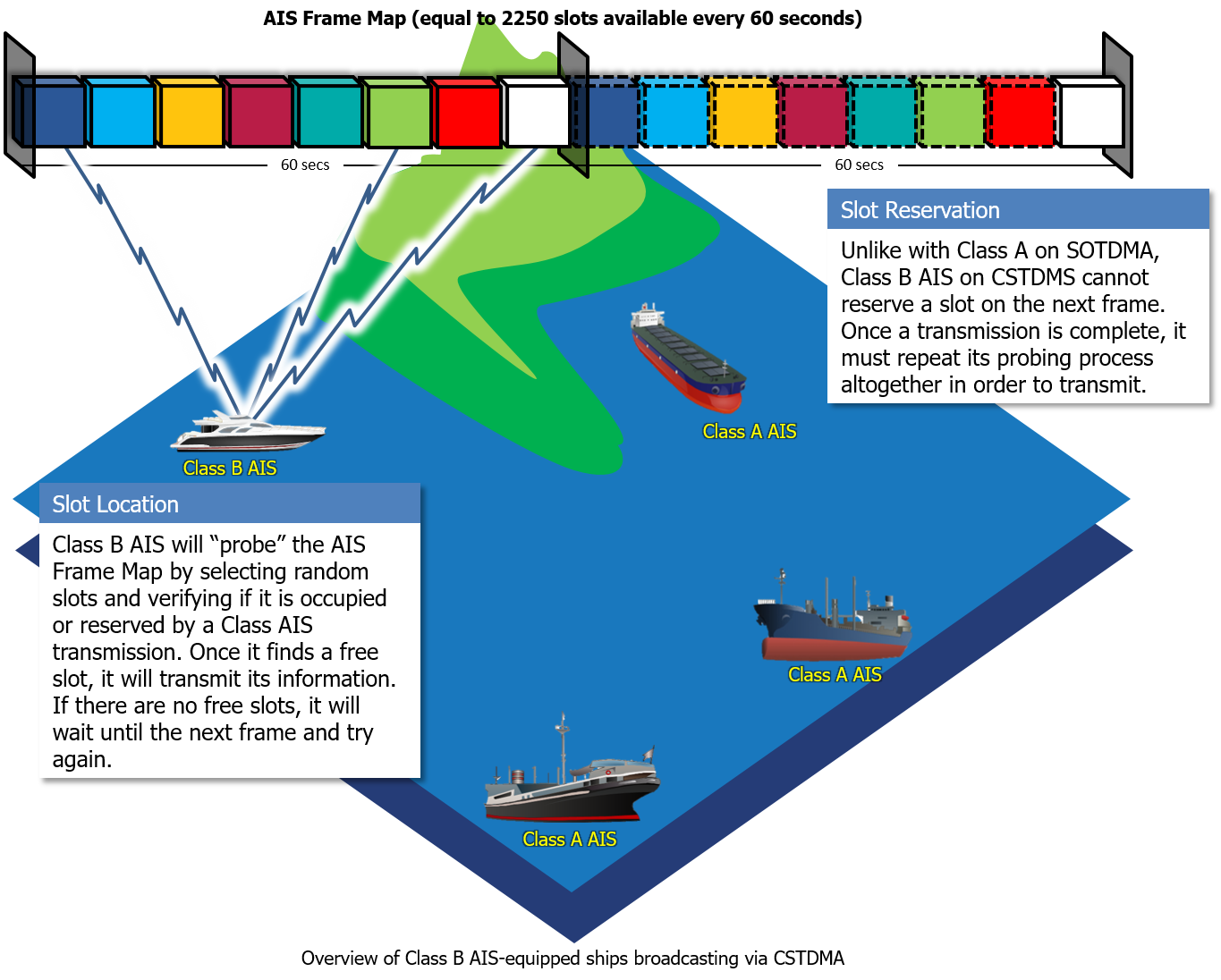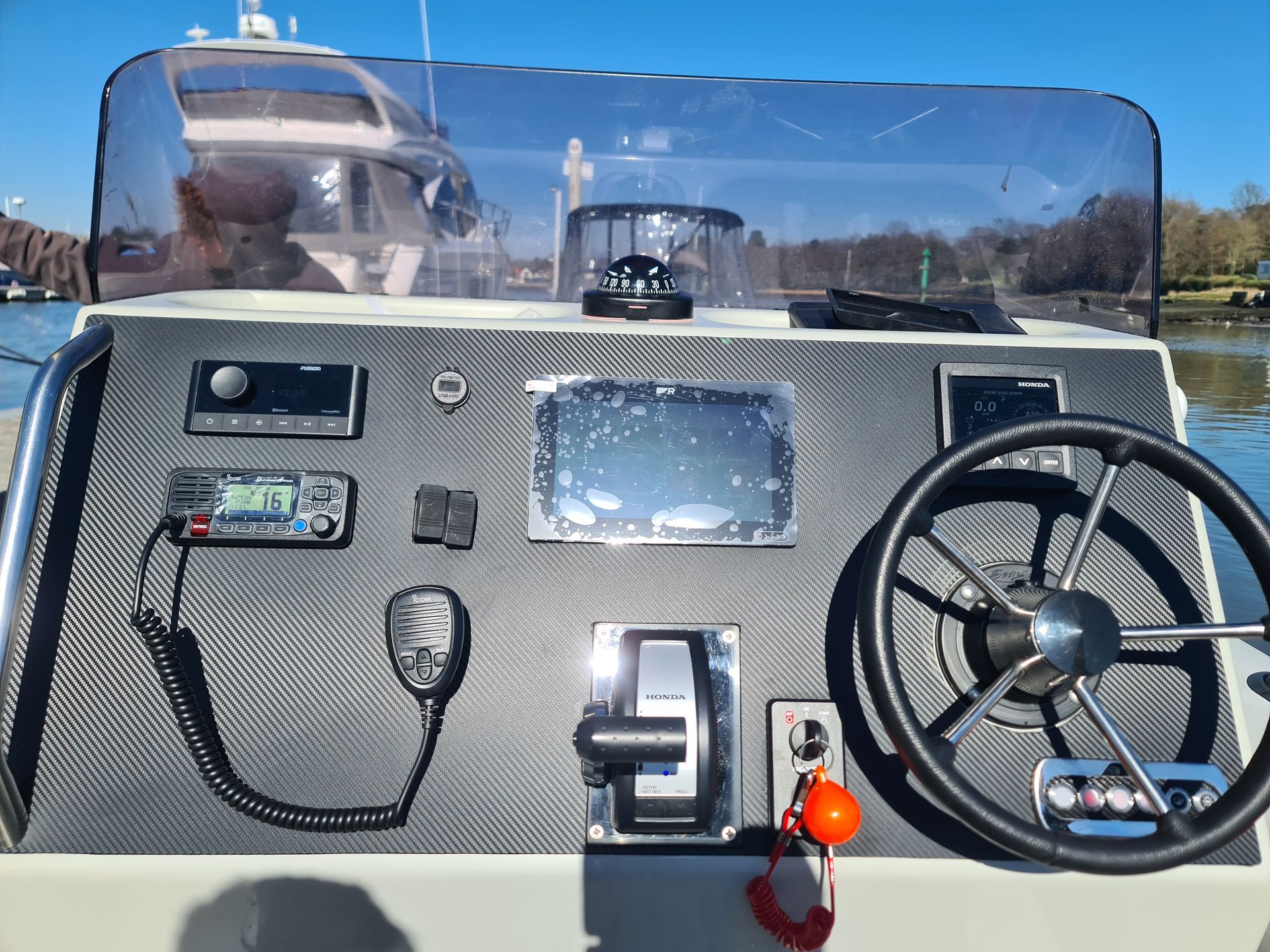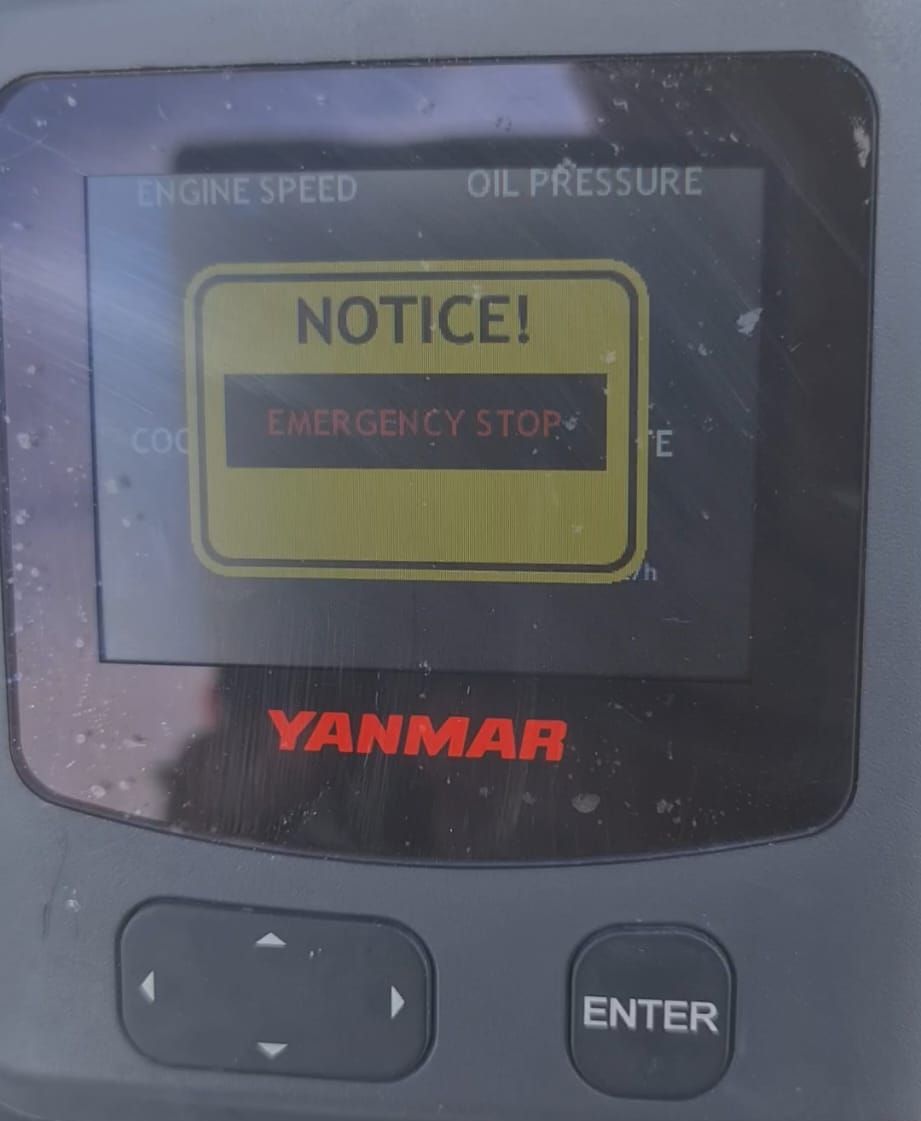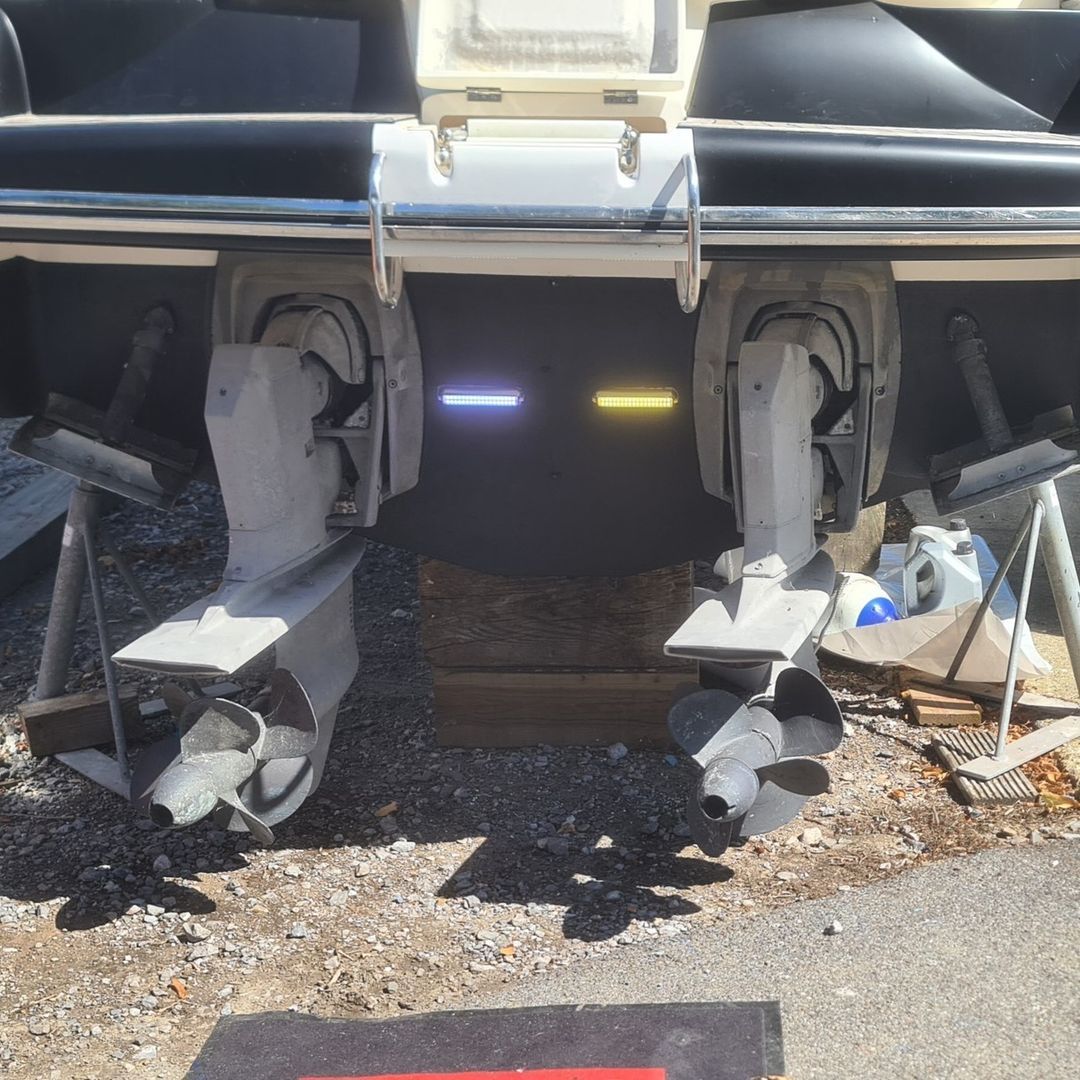Lithium Batteries Vs AGM/ Lead Acid
Why Choose LiFePO4 over cheaper AGM / Lead Acid Batteries
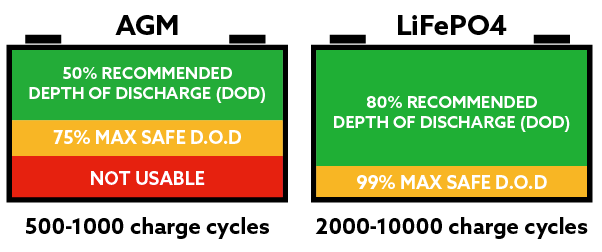
What's the best type of battery for your boat ?
Well... it really depends !
Each battery type has a unique set of pros and cons when it comes to installing on a boat
The History of the Battery
The Lead acid battery was invented in 1859 by Gaston Planté in France.
It was the first type of rechargeable battery ever created and is still one of the most popular batteries on the market. The reason Lead-acid batteries have been around for 160 years is that they are reliable and very cost-effective. Compared to modern rechargeable batteries, lead–acid batteries have relatively low energy density. Despite this, they are able to supply high surge currents. These features, along with their low cost, make them attractive for use with engines to provide the high current required by starter motors. Lead-acid batteries suffer from relatively short cycle lifespan (usually less than 500 deep cycles)
As they are inexpensive compared to newer technologies, lead–acid batteries are widely used even when surge current is not important and other designs could provide higher energy densities. In 1999, lead–acid battery sales accounted for 40–50% of the value from batteries sold worldwide equating to £14 billion a year.
AGM
AGM stands for “Absorbed Glass Mat” and is a type of Lead-acid battery. There are other types of Lead-acid batteries, such as “Flooded Lead-acid” and “Gel”, but they are less common in boats. With an AGM battery, the acid of the battery is stored in a fine fiberglass mat which prevents spilling and limits off-gassing. Both of which are important when a lot of yachts have their batteries stored within cabin area
AGM Downfalls are lifespan and weight
Life of the battery can vary widely depending on how well you take care of it. Proper charging voltages, limiting the discharge, and proper storage all play a role in its longevity.
Most manufacturers expect 300 to 400 cycles out of an average AGM life. This is really just before a decrease in capacity becomes apparent
You can still expect around 80% capacity after this many cycles. If the battery is properly charged and taken care of through its life, you can expect to get about 3 to 5 years of happy usage from them. They are heavy, at about 30kg each for the typical 110Ah size. Most batteries are installed and never moved until time to change but you will notice a bank of AGM batteries loaded onto one side of your boat especially if it's a smaller size.
LiFePO4
LiFePO4 batteries are becoming the go-to option for many boats. It’s a type of Lithium-ion and stands for “lithium iron phosphate”, or LiFePO4. As you can imagine, this is one of the primary materials used in the battery but it does require a different set of installation rules and charging system.
Why are "LiFePO4" batteries used instead of other Lithium-ion chemistries you may ask? The main reason is this: LiFePO4 and Lead-acid batteries are both about 12 volts. This is because each battery chemistry has an individual voltage they produce, and for LiFePO4 and Lead-acid this just so happens to be 12 volts.
Since Lead-acid batteries have been used in vehicles for so long, 6v batteries moved onto 12v batteries over time and because of this, most accessories and components use 12V as their standard now. Then you can safely multiply these into 24v or 48v safely to reduce cable sizes and huge amperages.
Solar panels, fridges, and alternators are all designed and based on the 12V standard. Other types of Lithium-ion chemistries like LiCoO2 (used in many electronics) cannot be formulated to produce a nominal 12V, which makes them incompatible with marine electrical systems.
Developed in the late 90s, LiFePO4 has become a favourite around the world in the marine industry with its now fast decreasing production costs and popularity due its weight, longevity and safety aspects that are now making it competitive with AGM batteries
LiFePO4 Advantages
Most manufacturers expect 3000 to 5000 cycles per battery that's 10 times that of an AGM and 10 to 12 years average lifespan. Again depending on proper charging voltages , temperatures etc but realistically 4-5 times the lifespan of an AGM, Along with much deeper, usable discharge rates compared to AGM, Most lead acid / AGM will start to fade in power at around 50% discharge whereas LiFePO4 with discharge down to as much as 90% on some batteries, before the BMS turns off the battery.
Another advantage for LiFePO4 is their high capacity to space ratio, meaning you can store much more energy in a similar amount of space when compared to an AGM. If space is a major constraint onboard, you may want to consider LiFePO4 to get further distances at sea without charging, plus they are about a third of the weight of an AGM. Along with a zero chance of them producing
harmful gasses during the charging process plus the lithium ion phosphate is incombustible, meaning they will not burn in a fire or catch fire when punctured,
unlike other lithium ion Batteries featured on the news a lot recently.
They have a very low risk of thermal runaway and usually the BMS (battery management system) installed to every LiFePO4 battery, will turn off the battery before anything like this can start. Most LiFePO4 batteries will only charge above 5 degrees centigrade, trying to charge below this can cause damage internally.
Mixing Batteries
AGM & LiFePO4 batteries cannot be mixed at all, they have different charge rates and working voltages. If mixed the LiFePO4 will work almost until its flat until the AGM even starts to help out, because of its higher operating voltage to AGM, then while unused, the AGM will keep itself topped up from the LiFePO4with its higher float voltage. The next issue is LiFePO4 can handle a lot of power when it comes to charging and the AGM would not be able to cope and may just dramatically shorten its life through to creating heat and possibly gas out or explode as part of the same charge circuit.
It is possible to have both on a boat together, for instance a lead acid engine battery and a lithium house bank which have to be on seperate circuits, but can be charged together using isolated DC-DC chargers. So your engine alternator can charge the lithium from the lead acid battery with 1 DC-DC charger and your solar can charge back into the engine battery from the lithium using another smaller suitable DC-DC charger
Understanding Amp-hours (Ah)
If you’re shopping for your battery, you have probably noticed that they are listed in “Ah” or Amp-hours.
Amp-hour is not a unit of capacity, it's a unit of power.
Basically a 100 Ah battery should be able to discharge 1 amp for 100 hours from fully charged.
To determine a battery’s capacity, you must account for voltage.
The unit for capacity is Watt-hours (Wh) and the formula for Watt-hours is the Amp-hour rating times the voltage.
So a 100 Ah x 12V has 1200 Wh of energy (100 x 12 = 1200)
BUT you can’t use 100% of your battery’s capacity without causing damage. This is referred to as it’s “usable capacity”.
The usable capacity of battery depends on the type. For example, Lead Acid is around 50% discharge.
but you can discharge a much higher percentage of LifePO4 batteries without causing damage.
Compare Watt hours
Lithium batteries operate at around 12.8v and can operate fully for up to 90% capacity so this is 12.8v x 100Ah = 1280 watt-hours.
AGM Batteries operate at around 12.2v buttony operate up to 50% of its capacity this then becomes 12.2v x 100Ah = 1220 watt hours.
Now we remove the usable capacity and this is the true display to the advantage of LiFePO4 batteries.
LiFePO4 - 1280wh X 0.9 capacity = 1152 watts of usable power from your lithium battery.
AGM - 1220wh X 0.5 capacity = 610 Watts of usable power from your AGM battery.
The LiFePO4 equates to having 47% more power in the same size unit with half the weight and twice the life expectancy.
Decision time
For many it will come down to the costs but also need to factor in what you are going to be doing with your boat. Weekends away with the occasional week off in the year or trips from marina to marina, it maybe better with the cheaper options. Serious trips with lots of time at sea and anchoring in small bays & creeks away from civilisation, then longer lasting batteries maybe better for your boating style.
- AGM is around £150 per battery for 110Ah .
- LiFePO4 batteries start at around £300 for 100Ah.
- Ultimately it comes down to what best suits you.

